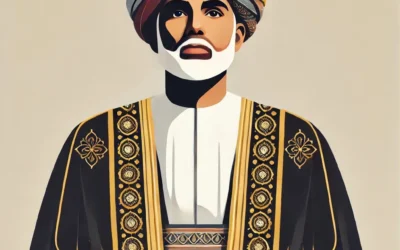The Taraweeh prayer is usually performed after the Isha prayer, which is the night-time prayer that is observed after sunset. The prayer can be performed individually or in a congregation. However, it is more commonly performed in a congregation in mosques and Islamic centers.
During the Taraweeh prayer, the recitation of long portions of the Quran takes place. Muslims aim to complete the recitation of the entire Quran during the month of Ramadan, and the Taraweeh prayer is an excellent opportunity to make significant progress towards this goal. The recitation is typically led by a knowledgeable person who has memorized the Quran, known as an Imam.
The number of Rak’ahs (units) of the Taraweeh prayer can vary between different schools of Islamic thought and different regions. However, it is usually performed in sets of two Rak’ahs, with a short break between each set. It is common to perform a total of 8, 12, or 20 Rak’ahs during the Taraweeh prayer, depending on the preference of the Imam or the community.
The Taraweeh prayer is a highly recommended act of worship during Ramadan, and it is believed to bring numerous rewards and blessings to the worshiper. It is an opportunity for Muslims to deepen their spiritual connection with Allah, seek forgiveness for their sins, and strengthen their faith.
In conclusion, the Taraweeh prayer is a special voluntary prayer that is performed during the holy month of Ramadan. It involves reciting long portions of the Quran, and it is an excellent opportunity for Muslims to deepen their spiritual connection with Allah and strengthen their faith.
I'm Hassan — a multidisciplinary storyteller at the intersection of culture, creativity, and strategy. As a content creator and website manager at Omanspire, I bring Omani stories to life through thoughtful writing, SEO-driven publishing, and engaging digital experiences. With a passion for history, branding, and visual design, I craft content that bridges tradition and innovation — always with purpose, and always with people in mind.




